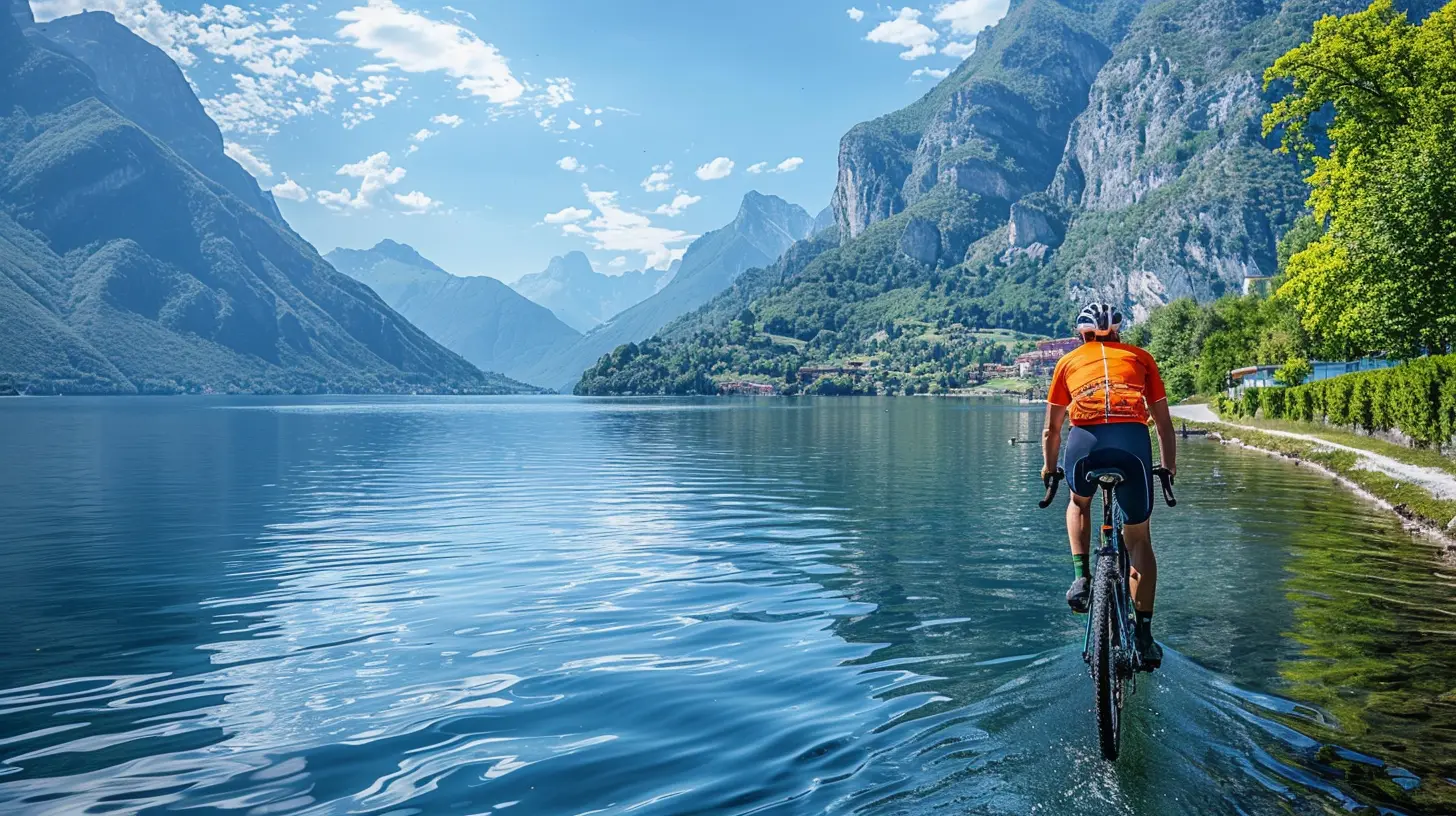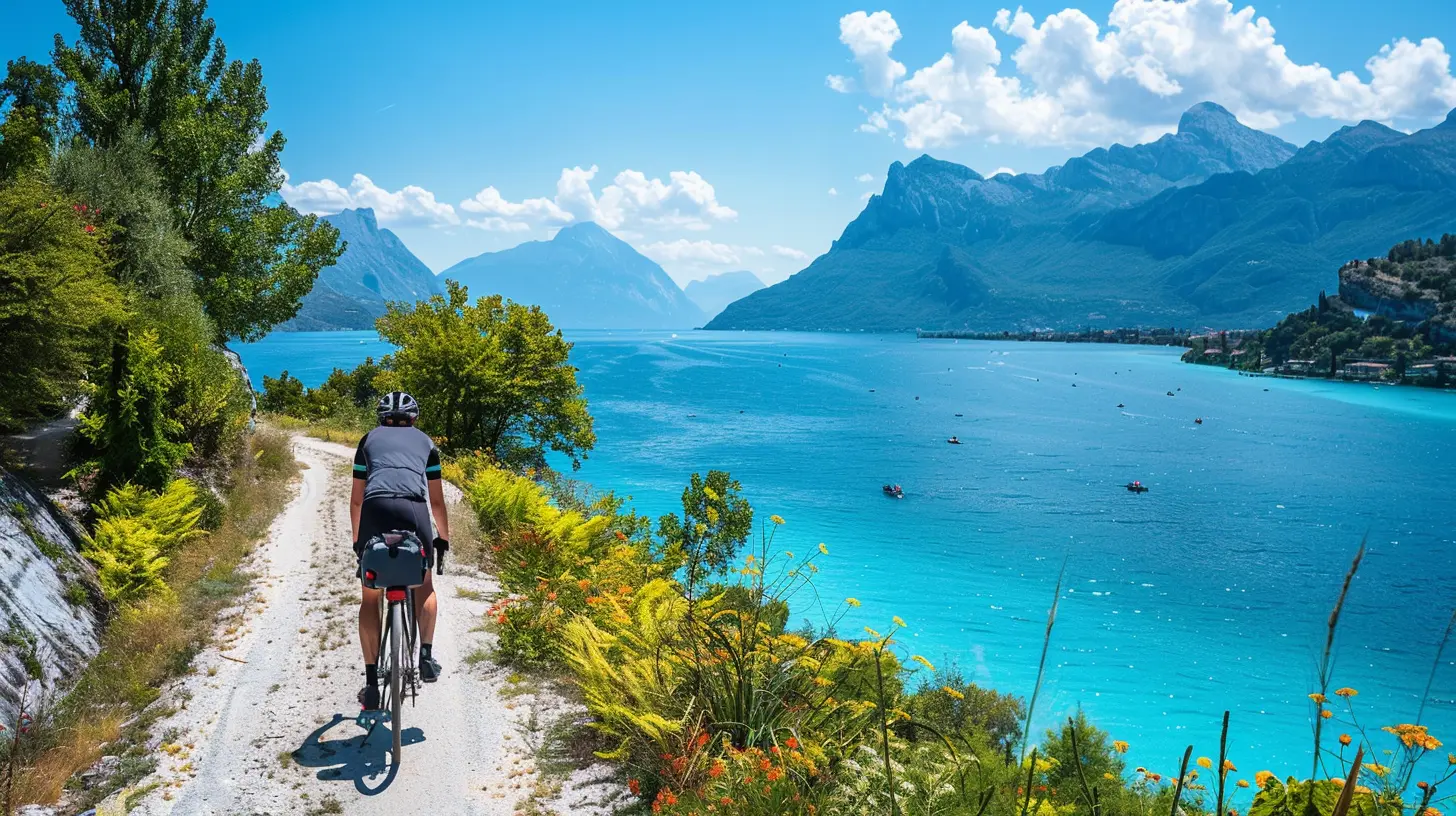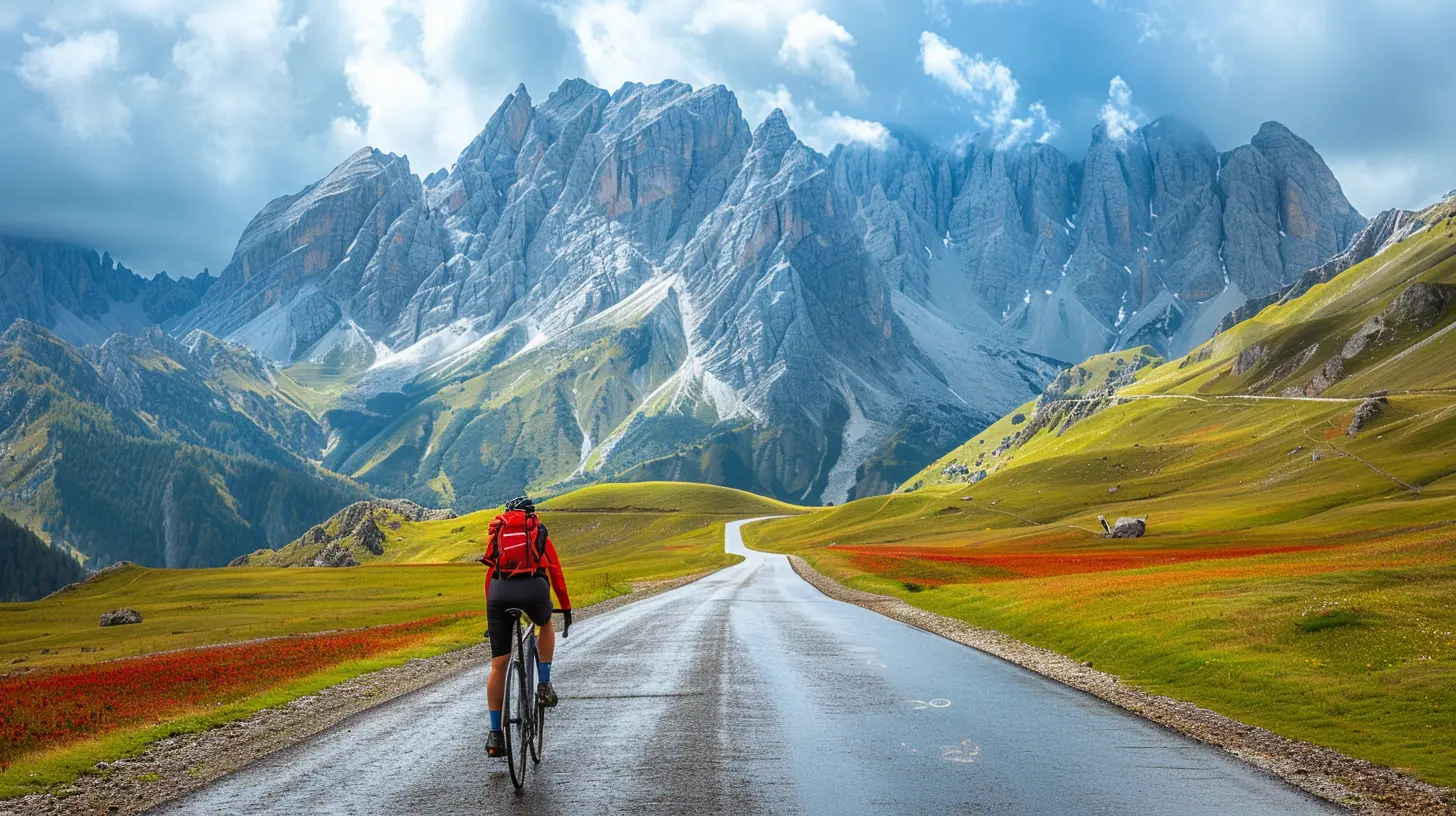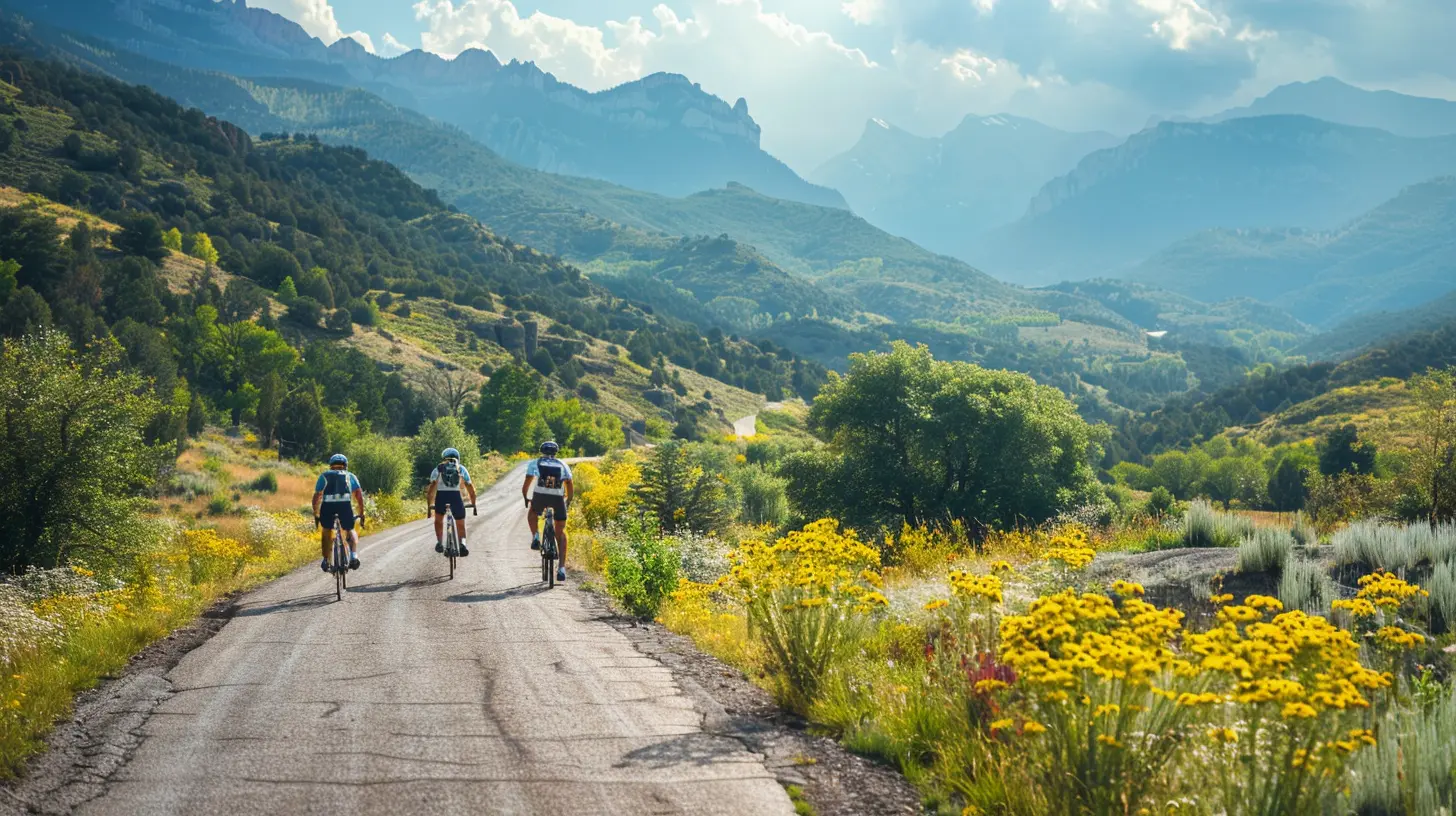How to Plan the Perfect Cycling Vacation
16 September 2025
Planning a cycling vacation isn't just about hopping on a bike and heading off into the sunset. It’s about crafting an unforgettable adventure that blends passion, physical challenge, stunning landscapes, and just the right dash of relaxation. Whether you're a seasoned rider or just dipping your toes into the world of two-wheeled travel, nailing the planning phase can make or break your experience.
So, grab your helmet, lube up that chain, and let’s dive into how you can create the perfect cycling getaway that’ll have you grinning from ear to ear, even if your legs are screaming for mercy!
Why a Cycling Vacation?
Seriously, why not? Cycling vacations offer the perfect mix of travel, exercise, scenic value, and freedom. They let you experience places more intimately than a car or plane ever could. You’re not just passing through—you’re in it, breathing it in, hearing the rustle of leaves, and catching that whiff of fresh bread coming from a countryside bakery. That’s the kind of stuff that sticks with you.Plus, it keeps you active, and you get to eat guilt-free carbs. Pasta? Yes, please.
Step 1: Define Your Cycling Style and Goals
Let’s be real—there’s a big difference between a leisurely bike-and-brunch weekend and a 100-mile-a-day grind across mountain passes. Start by asking yourself:- What’s your fitness level?
- How far do you want to ride each day?
- Are you into road cycling, gravel grinding, or scenic coasting along the beach?
- Want to ride solo, with friends, or join a group tour?
Setting your vibe from the get-go makes everything else fall into place smoother than a fresh gear shift.
Step 2: Choose the Right Destination
The world’s your oyster on two wheels. But choosing the right location is key. Here are a few go-to picks depending on what you’re after:For Scenic Rides
- Tuscany, Italy – Rolling vineyards, hilltop towns, and espresso pit stops.- Loire Valley, France – Castles, wine, and smooth trails.
- Pacific Coast Highway, USA – Cliffs, ocean air, and epic sunsets.
For Adventure and Challenge
- The Alps (France/Switzerland/Italy) – Epic climbs and adrenaline-packed descents.- The Pyrenees, Spain – Grit, glory, and Tour de France vibes.
- Dolomites, Italy – Jaw-dropping peaks and switchback heaven.
For Beginners or Leisure Cyclists
- Netherlands – Flat, bike-friendly cities with amazing infrastructure.- Danube Cycle Path – Paved, mostly flat, and full of cultural gems.
- Portugal’s Alentejo – Quiet roads, gentle hills, and great food.
Pick a place that excites you but also matches your ability—there’s no shame in avoiding 15% gradients if that’s not your jam.
Step 3: Decide on Self-Guided or Organized Tour
Here’s the fork in the road: go it alone or let someone else handle the logistics?Self-Guided:
- Pros: Full freedom, cheaper, spontaneous detours.- Cons: You handle everything—routes, hotels, emergencies.
Organized Tour:
- Pros: Meals, routes, gear transport? Handled. You just ride.- Cons: More expensive, less flexibility.
If you're new to bike vacations, a guided tour can be a stress-free intro. If you're more experienced or crave independence, self-guided might be your thing.
Step 4: Map Out a Route
Once you’ve picked your region, it’s time to chart your course. A great route balances beauty, challenge, and safety.Keep in Mind:
- Daily Distance: 30–60 miles is ideal for most. Factor in elevation.- Rest Days: Sprinkle in a couple of no-ride days to recharge and explore.
- Accommodation Options: End each ride near towns or villages with lodging.
- Attractions: Castles, vineyards, beaches—add some cool stops.
Use route planning tools like Komoot, Strava, or RideWithGPS to visualize the ride and avoid the dreaded gravel-that-looks-paved-on-Google issue.
Step 5: Choose the Right Bike
This isn’t the time to cheap out or “make do” with the wrong setup. Your bike is your bestie on this trip.Rent or Bring Your Own?
- Renting Locally: Saves on shipping, and many places offer high-quality road or hybrid bikes.- Bringing Yours: Feels familiar and already dialed in—but pricey and a pain to pack.
Make sure the bike suits the terrain and riding style. Road, touring, gravel… each has its purpose. And don’t forget to check saddle height and fit before you roll out. Your butt will thank you later.
Step 6: Pack Smart, Pack Light
You’re not going on a fashion show or hauling your entire garage.What to Pack:
- Padded shorts (bring two or three pairs—you’ll live in them)- Jerseys and moisture-wicking layers
- Rain jacket and windbreaker
- Helmet, gloves, sunglasses
- Water bottles and hydration packs
- Flat repair kit, multi-tool, spare tubes
- Snacks (energy bars, gels, trail mix)
Don’t forget sunscreen, chamois cream (a godsend on long days), and something chill to wear post-ride. If self-supported, lightweight panniers or bikepacking bags are your best friends.
Step 7: Know the Rules of the Road
Different countries = different traffic rules. For instance:- In France and Italy, cyclists are respected but expected to follow road rules.
- UK cyclists ride on the left side (yes, the “wrong” side).
- In Scandinavia, bike lanes are everywhere, but woe unto you if you’re in the pedestrian lane.
Brush up on local laws before setting out. It’s not just about safety—it’s about respect for the culture.
Step 8: Food, Glorious Food!
Food is fuel, but let’s be honest—it’s also one of the highlights of any vacation.Before and During the Ride:
- Eat a solid breakfast (carbs + protein)- Snack every hour—bananas, granola bars, or local goodies
- Hydrate constantly, especially in hot climates
After the Ride:
- Replenish with protein and carbs within 30 minutes- Don’t be scared of indulging—you've earned that pizza and wine!
And if you're somewhere food-famous? Don’t rush. Enjoy that long lunch and espresso break. It’s as much a part of the experience as the ride itself.
Step 9: Listen to Your Body
One of the biggest mistakes cyclists make on vacation? Overestimating their stamina. It’s easy to get caught up in the fun and push too hard, too fast.Here’s the deal—this isn’t a race unless you want it to be. Take rest days, slow down when you're tired, and give yourself grace if things don’t go perfectly. Even pros bonk sometimes.
A rest by a river, a lazy afternoon in a village café—that's part of the magic.
Step 10: Capture the Moments
You’re creating memories that’ll last a lifetime. Take photos, jot down thoughts in a travel journal, or record your rides on Strava to relive the highs (and the not-so-highs).But also? Put the phone away now and then. Let your eyes soak it all in without a screen between you and that mountain vista.
Bonus Tips for an Epic Cycling Vacation
- Travel Insurance: Especially policies that cover cycling-specific issues.- Local SIM card or offline maps: So you’re never truly lost.
- Emergency contacts and a basic first aid kit.
- Cash and cards: Some rural places may be cash-only.
- Don’t cram every day. Leave room for spontaneity.
Final Thoughts
Planning the perfect cycling vacation isn't about following a rigid formula—it’s about piecing together a journey that excites, challenges, and fulfills you. It’s about those moments when the wind is at your back, the sun's setting over the hills, and you think, “Man, this is living.”So take your time planning, trust your instincts, and remember—it’s not just about the miles, it’s about the memories in between.
Now go chase that horizon.
all images in this post were generated using AI tools
Category:
CyclingAuthor:

Everett Davis
Discussion
rate this article
1 comments
Caelum Lopez
Plan it right or pedal your way to disappointment!
September 23, 2025 at 2:44 AM

Everett Davis
Absolutely! A well-planned trip ensures a smooth ride and unforgettable memories.


